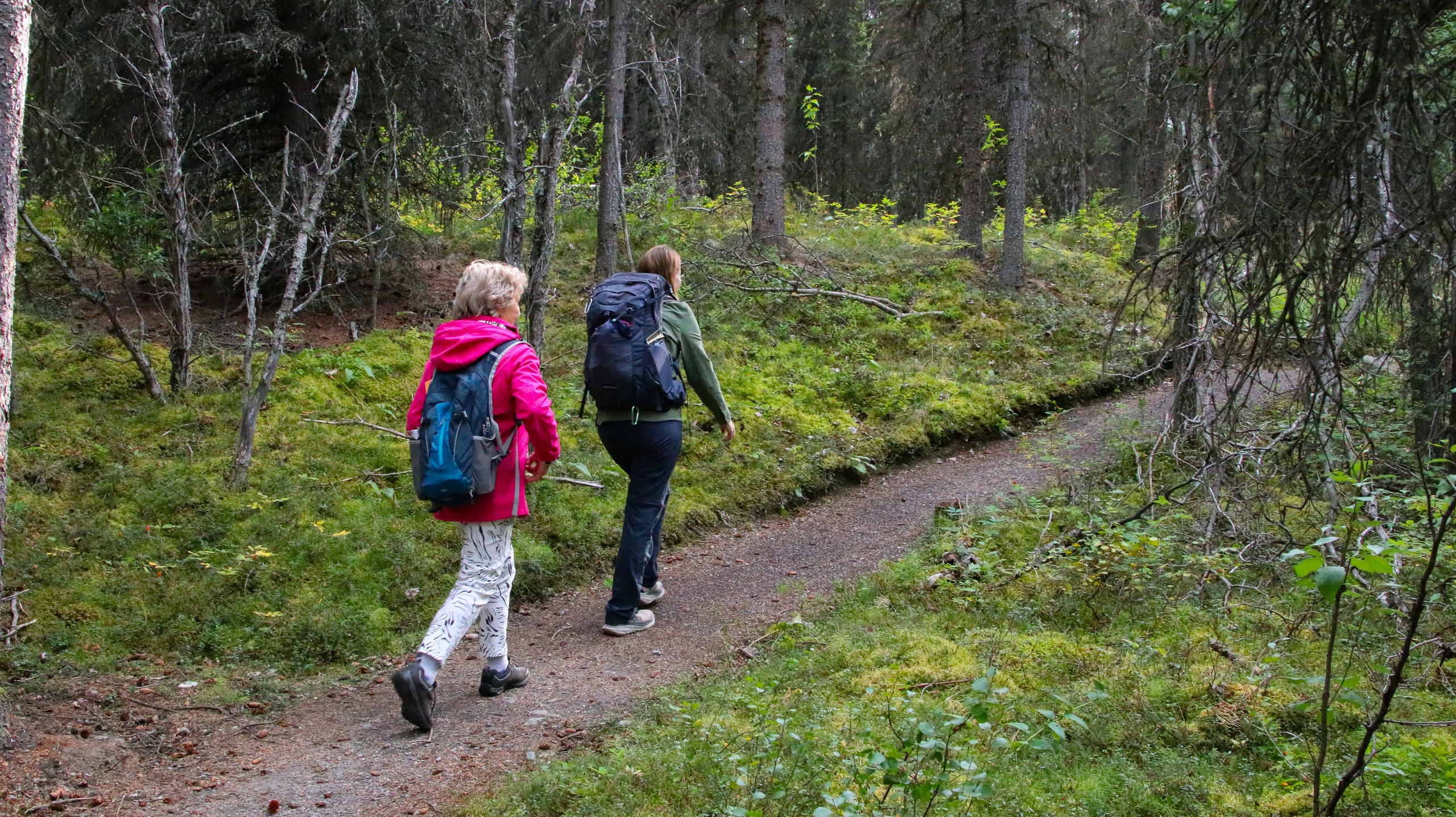Granite, Tide, and Trail: Roaming Acadia National Park
Where pink granite meets cold Atlantic, and every path pulls you toward a new horizon.
The ocean gets to you first. It inhales and exhales against Maine’s ragged edge, throwing breathy mist over the pink granite and daring you to keep step with its rhythm. On Acadia’s Ocean Path, the day starts with the Atlantic tugging at your shoulder—wave after wave shouldering into the rocks at Thunder Hole, sending up spouts if the tide is right. The path is easy, mostly flat, and honest about what’s ahead: cliffs, coves, wind that insists, and water that will not be ignored.
Trail Wisdom
Time Thunder Hole with the Tide
For the best boom, aim for Thunder Hole about 1–2 hours before high tide on a day with steady swell. Outside that window, expect quieter splashes.
Go Early for Parking (or Go Car-Free)
Lots at Sand Beach, Jordan Pond, and Beehive fill by mid-morning in summer. Arrive before 8 a.m. or use the free Island Explorer bus from Bar Harbor.
Granite Gets Slick
Pink granite grips well when dry but turns slippery with fog or spray. Wear sticky-soled hikers and slow down on wet ledges.
Sunrise Strategy on Cadillac
If hiking pre-dawn, bring a headlamp and warm layers—winds can be strong even in July. Vehicle access may require a timed entry; verify with NPS.
Local Knowledge
Hidden Gems
- •Ship Harbor Trail at sunset on the Quiet Side
- •Compass Harbor ruins near Bar Harbor, an easy, peaceful coastal stroll
Wildlife
Peregrine falcons on cliff faces, Harbor seals along the rocky coves
Conservation Note
Stay on bedrock to protect fragile alpine vegetation, never stack new cairns, and observe tidepool life without disturbing creatures or dislodging rocks.
The Wabanaki have stewarded these coasts for millennia; early conservationists like George B. Dorr and John D. Rockefeller Jr. helped establish Acadia and built its carriage road network.
Seasonal Guide
spring
Best for: Waterfall flows, Quiet trails before peak season
Challenges: Trail closures for peregrine nesting, Cold, wet granite and lingering mud
Cool temps and thinning crowds make spring peaceful. Expect variable weather and seasonal closures on cliff routes like Precipice.
summer
Best for: Beach time at Sand Beach, Long daylight for big hikes
Challenges: Crowded parking, Fog and humidity affect visibility
Prime season brings warm days and full services. Start early, ride the Island Explorer, and plan around midday crowds.
fall
Best for: Foliage hikes, Crisp, stable weather
Challenges: Shorter days, Popular weekends during peak color
September and early October are standouts—cool, clear, and colorful. Book stays ahead for foliage weekends.
winter
Best for: Empty trails, Carriage road Nordic skiing
Challenges: Icy footing, Limited facilities and closures
Quiet and starkly beautiful. Bring traction, check storm conditions, and be self-sufficient.
Photographer's Notes
What to Bring
Sticky-Soled Hiking ShoesEssential
Granite slabs demand grip, especially on steeper routes and after fog or spray.
Lightweight Shell and Warm LayerEssential
Coastal wind can cut quickly; a compact wind/rain shell and fleece keep you comfortable.
Headlamp with Fresh Batteries
For sunrise on Cadillac or late finishes, reliable light makes rocky footing safer.
Microspikes
Icy ledges and packed snow on popular trails make light traction invaluable.
Common Questions
Do I need a car to explore Acadia?
Not necessarily. In peak season the free Island Explorer bus connects Bar Harbor with major park hubs, trailheads, and campgrounds. A car is helpful off-season or for early/late starts.
Are dogs allowed on the trails?
Yes, on a leash up to 6 feet, but they are prohibited on iron-rung routes like Beehive and Precipice and a few other trails—check NPS maps for restrictions.
Is Cadillac Mountain sunrise worth the effort?
Yes—the views are exceptional. Hike the North Ridge for a rewarding climb, or drive when permitted (a timed vehicle reservation may be required in peak season).
What are the must-do day hikes for first-timers?
Ocean Path to Otter Point for coastal drama, Jordan Pond Loop for classic scenery, Cadillac North Ridge for a summit, and Beehive for a short, airy scramble.
When is the park least crowded?
Early mornings year-round, shoulder seasons (May–early June, late September–October midweek), and the Schoodic Peninsula offer thinner crowds.
Can I bike in the park?
Yes. The 45-mile carriage road system is perfect for bikes and e-bikes (class restrictions apply); avoid busy Park Loop Road unless comfortable with vehicle traffic.
What to Pack
Grippy hiking shoes for slick granite; layered clothing to handle wind and temperature swings; 2 liters of water plus snacks for coastal and summit hikes; paper map or offline map since cell coverage drops in the interior.
Did You Know
At 1,530 feet, Cadillac Mountain is the highest point on the U.S. Atlantic coast and is the first spot in the continental United States to see sunrise for part of the year (roughly early October to early March).
Quick Travel Tips
Ride the Island Explorer bus in summer to avoid parking headaches; Check tide times for Thunder Hole before planning your route; Start hikes by 8 a.m. for quieter trails; Book lodging in Bar Harbor or Southwest Harbor well in advance for peak months.
Local Flavor
Refuel with popovers and wild Maine blueberry jam at Jordan Pond House, then head to Thurston’s Lobster Pound in Bernard for dockside steamed lobsters at sunset. In Bar Harbor, sample small-batch scoops at Mount Desert Island Ice Cream or grab a post-hike pint at Atlantic Brewing Company.
Logistics Snapshot
Closest airports: Hancock County–Bar Harbor (BHB, 12 mi) and Bangor International (BGR, ~50 mi). Primary access via Park Loop Road; many trailheads 10–25 minutes from Bar Harbor. Cell service is spotty away from town—download maps. A park pass is required; a timed vehicle reservation for Cadillac Summit Road may be in effect seasonally—check current NPS guidance.
Sustainability Note
Acadia’s thin-soiled summits and intertidal zones are easily damaged—stay on durable granite, pack out all trash, and observe wildlife from a respectful distance. Consider car-free travel via the Island Explorer during peak months.
Continue Reading

Canyon Wave: Rafting Denali’s Glacial Heart on the Nenana River
The Nenana River doesn’t whisper—it urges you forward. On the Canyon Wave run, you’ll punch through crisp, glacial rapids beneath Denali’s ramparts, trading roadside views for a front-row seat to Alaska’s wild hydraulics. Cold water, big smiles, and a canyon that knows how to keep pace.
Healy, Alaska

Chasing Light in Denali: An Afternoon Hike Across Taiga and Tundra
Trade the tour bus for tundra. This guided afternoon hike threads from shadowed spruce to open ridgeline, where Denali’s valleys breathe wide and the wind calls the cadence. Come for the views, stay for the stories beneath your boots.
Denali Park, Alaska

